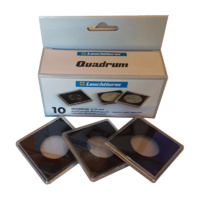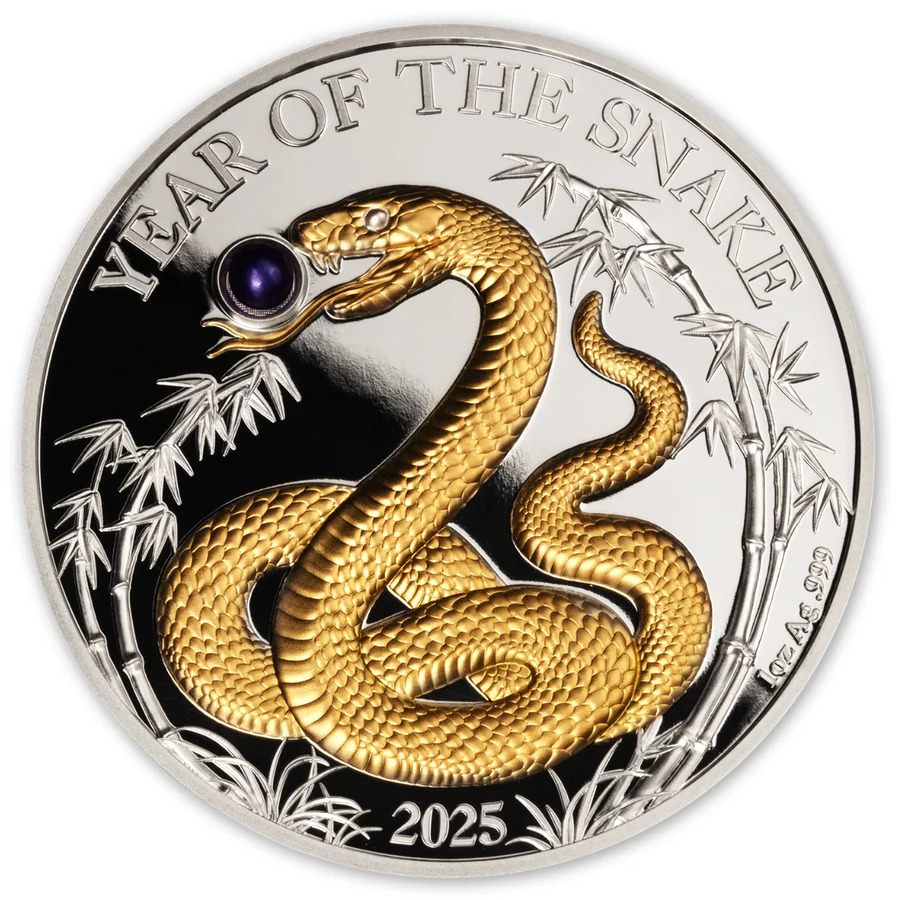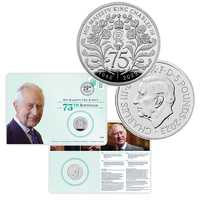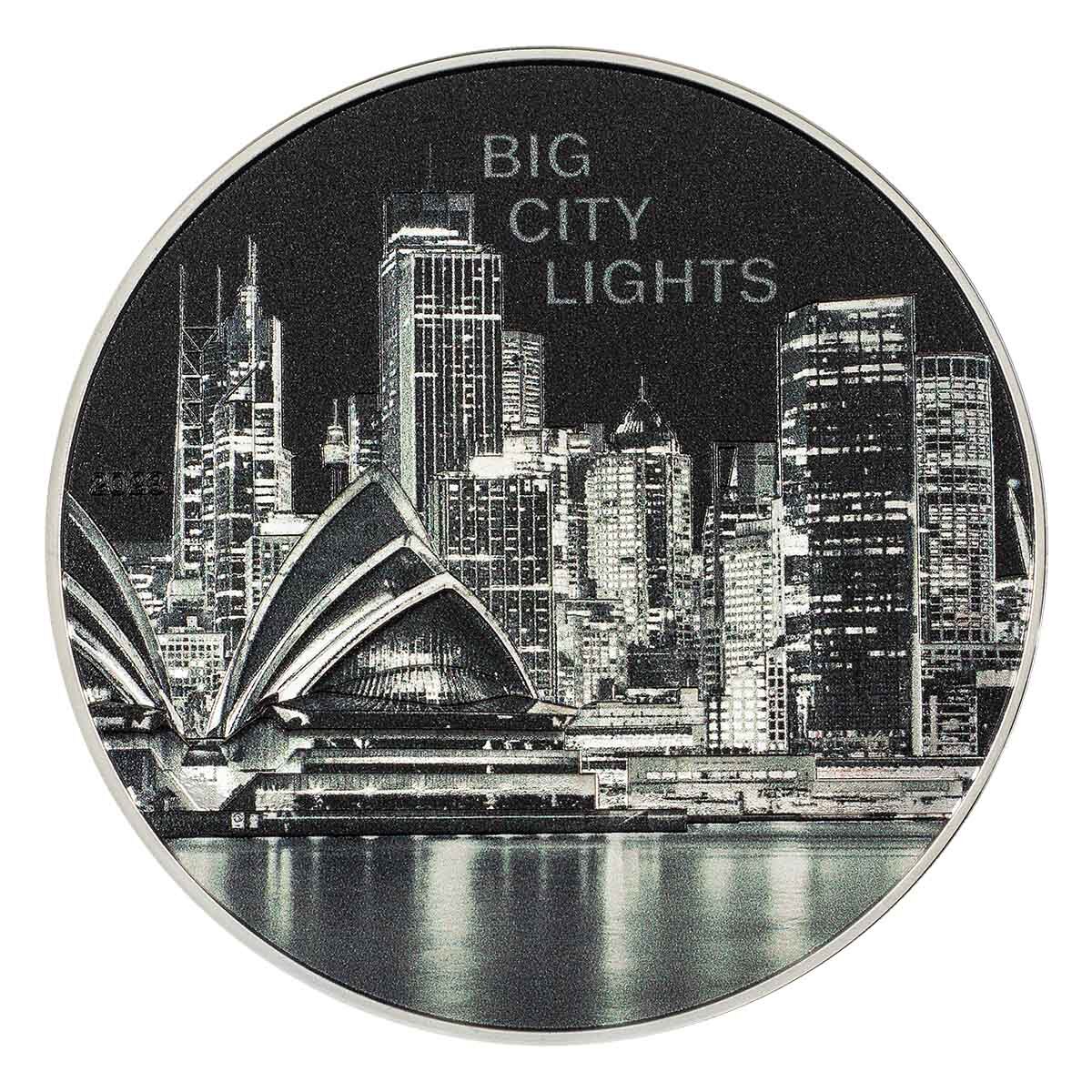2024 25 Euro Edaphon - The Living Soil Niobium Coin Series Coin
Limited to 65, 000 Only!
- Product No. 26576
- Date of Issue 17 April 2024
- Quality Special Uncirculated
- Series Silver Niobium
- Face Value 25 Euro
- Diameter 34.00 mm
- Coin Design Kathrin Kuntner, Rebecca Wilding, Herbert Wähner
- Alloy Silver Ag 900
- Fine Weight 9.00 g / 0.29 oz
- Core Niobium Nb 998
- Total Weight 16.50 g
- Packaging Comes in a case complete with a numbered certificate of authenticity and protective slipcase
- Limited to 65, 000 Only
The 2024 Silver Niobium coin brings the bottom to the top by ingeniously illustrating the vibrant world beneath our feet. A world on which we depend but are barely even aware of, the Edaphon is as diverse as a rainforest and is both the foundation of our existence and the key to our planet’s future.
A collective term that encompasses all living organisms present in soil, the Edaphon is a meaningful chaos built by living creatures that results in growth and gives rise to new life. The soil teems with ants, beetles and earthworms, but the human eye does not see the inconspicuous army of microorganisms that lies within. Of vital importance to us, they decompose withered plants and dead trees, creating fertile humus. Working unconsciously together, bacteria, fungi, plants and animals build an intricate structure, but it can break down quickly when farmed.
Indeed, although humans have been cultivating the soil for thousands of years, in modern times industrialization has had destructive consequences, with pollution, artificial fertilisers, monocultures and soil compaction reducing or preventing the productivity of the edaphon. When soil is sealed, its useful functions, such as water storage and the filtering of pollutants are lost. At present, some 11.5 new hectares of natural soil are sealed every day in Austria, roughly half of which is built on.
Another threat is climate change: as it gets warmer, there is a risk that the humus content will decrease and the soil will dry out. If heavy rainfall then occurs, the soil is no longer able to absorb the large quantities of water, increasing the likelihood of erosion. If we do nothing to prevent such occurrences, our precious and indispensable soil will be increasingly in danger of becoming a scarce commodity.
The obverse of Edaphon shows the five factors that contribute to the development of soil: time, mineral material, climate, soil organisms (in the niobium core) and the relief of the landscape (in the outer silver ring). In the centre are the roots of a plant, its leaves protruding into the silver ring. The coin’s reverse features a mole at the top, an earthworm on the left, a snail at the bottom and an ant on the right. The niobium core shows a leaf on top and three other important organisms below: a fungal mycelium on the left, a beetle on the right and an earthworm above it.
(16737)
| SKU | 16737 |
| Barcode # | 9120042108098 |
| Brand | Austrian Mint |
Be The First To Review This Product!
Help other Aussie Coins and Notes users shop smarter by writing reviews for products you have purchased.










![25 X Self Adhesive 2x2 Lighthouse Matrix Coin Holder Flips To Suit All Australian Coins [2x2 Size: 25mm (AU 10 cent, Shilling)]](/assets/thumb/130.jpg?20200707031119)
![25 X Self Adhesive 2x2 Lighthouse Matrix Coin Holder Flips To Suit All Australian Coins [2x2 Size: 25mm (AU 10 cent, Shilling)]](/assets/alt_1/130.jpg?20200707031119)








































